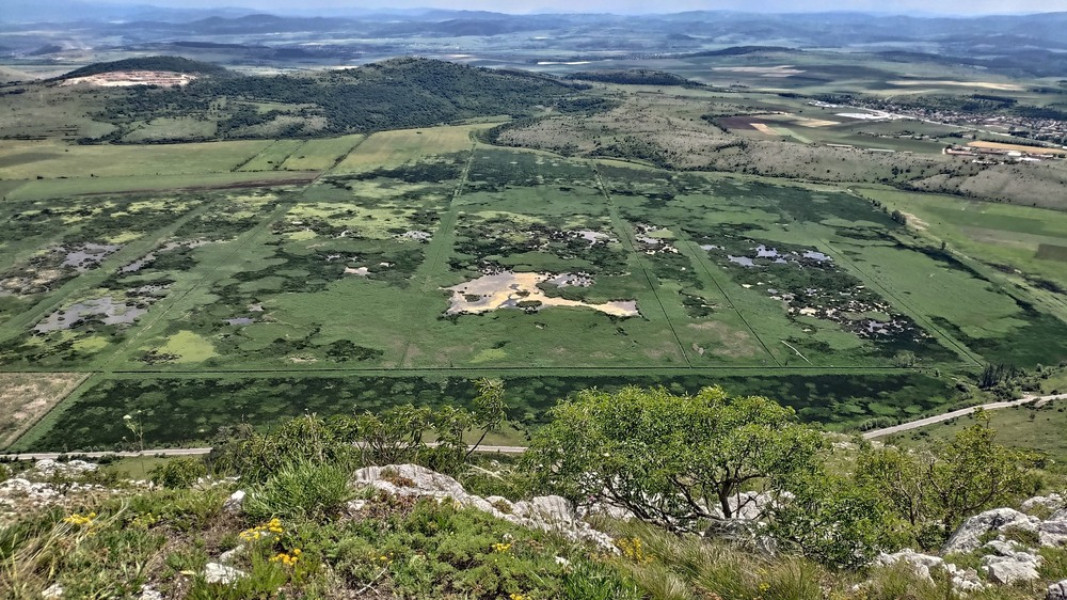


Although it's still mid-August and a bit early for final conclusions, all signs point to a successful season for the resorts along Bulgaria’s Northern Black Sea coast. Albena stands out as a prime example of the long-awaited recovery of Bulgarian..
Mild weather, vibrant cultural events, and the chance to immerse yourself in local traditions — just some of the reasons why autumn is the perfect time to visit Sofia, according to siviaggia.it, Italy’s premier online travel portal, which recently..
Ten European universities will present their scientific program "Picturesque Bulgaria. Bulgarian Literary Routes" in the Rhodope village of Khukhla, and scholars from Ankara and Warsaw will take a special part in this year's edition of the cultural..

+359 2 9336 661
